Expansion of E-Commerce and Online Retail
The expansion of e-commerce and online retail is significantly impacting the microprinting market. As more businesses transition to online platforms, the need for secure packaging and labeling has become paramount. Microprinting offers a solution to enhance product security and authenticity, which is crucial in an environment where counterfeit products can easily infiltrate the market. In the US, e-commerce sales are projected to exceed $1 trillion by 2025, creating a substantial demand for innovative packaging solutions. This growth presents an opportunity for the microprinting market to thrive, as companies seek to differentiate their products and build consumer trust through secure and unique packaging designs.
Growing Regulatory Compliance Requirements
The microprinting market is being propelled by growing regulatory compliance requirements across various industries. In sectors such as pharmaceuticals, food and beverage, and electronics, stringent regulations mandate the use of secure labeling and packaging to ensure consumer safety and product authenticity. For instance, the FDA has implemented regulations that necessitate the use of tamper-evident packaging, which often incorporates microprinting features. This trend is expected to drive the microprinting market as companies strive to meet compliance standards while enhancing their brand integrity. The increasing focus on traceability and transparency in supply chains further emphasizes the need for advanced printing solutions, positioning microprinting as a key component in achieving regulatory compliance.
Increased Focus on Brand Protection Strategies
An increased focus on brand protection strategies is driving growth in the microprinting market. Companies are becoming more aware of the risks associated with counterfeiting and brand dilution, prompting them to adopt advanced security measures. Microprinting serves as an effective tool for brand protection, allowing businesses to incorporate unique identifiers and intricate designs that are challenging to replicate. In the US, the brand protection market is anticipated to grow at a CAGR of approximately 6% over the next few years. This trend indicates a rising investment in security features, with microprinting being a preferred choice for many brands aiming to safeguard their intellectual property and maintain consumer trust.
Rising Demand for Anti-Counterfeiting Solutions
The microprinting market is experiencing a notable surge in demand for anti-counterfeiting solutions. As businesses and governments seek to protect their products and currencies from counterfeiting, microprinting technology has emerged as a vital tool. In the US, the market for anti-counterfeiting measures is projected to reach approximately $3 billion by 2026, with microprinting playing a crucial role in this growth. This technology offers a unique advantage due to its ability to embed intricate designs and text that are difficult to replicate. Consequently, the increasing focus on security in various sectors, including pharmaceuticals, electronics, and financial services, is likely to drive the microprinting market forward, as stakeholders prioritize the implementation of advanced security features.
Technological Advancements in Printing Techniques
Technological advancements in printing techniques are significantly influencing the microprinting market. Innovations such as digital printing and laser engraving are enhancing the precision and efficiency of microprinting processes. These advancements allow for the production of high-quality microprints that can be integrated into various applications, including packaging and labeling. In the US, the market for advanced printing technologies is expected to grow at a CAGR of around 5% over the next five years. This growth is indicative of the increasing adoption of microprinting in diverse industries, as businesses seek to leverage cutting-edge technologies to improve product differentiation and brand protection. As a result, the microprinting market is likely to benefit from these technological developments, fostering a competitive landscape.

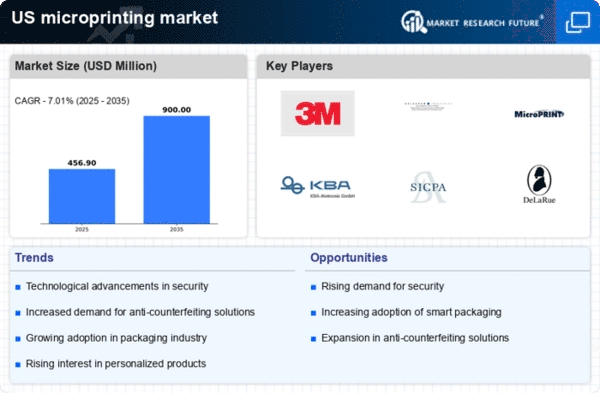
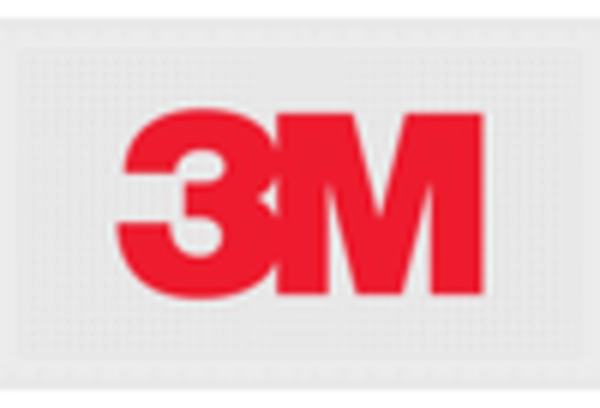
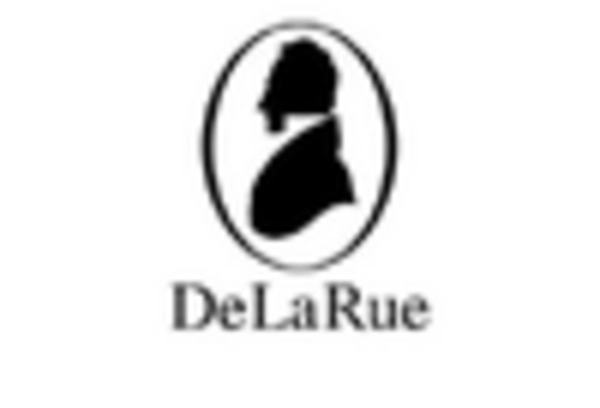

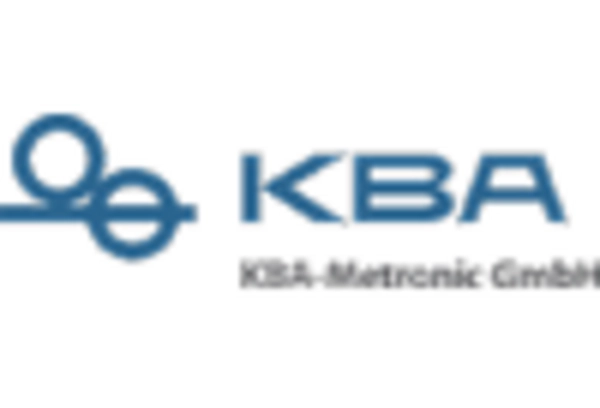
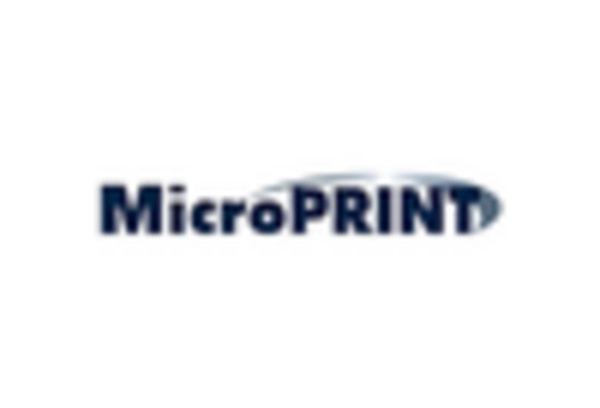
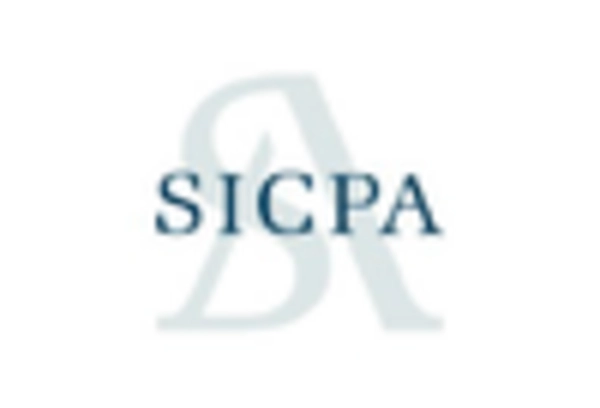








Leave a Comment